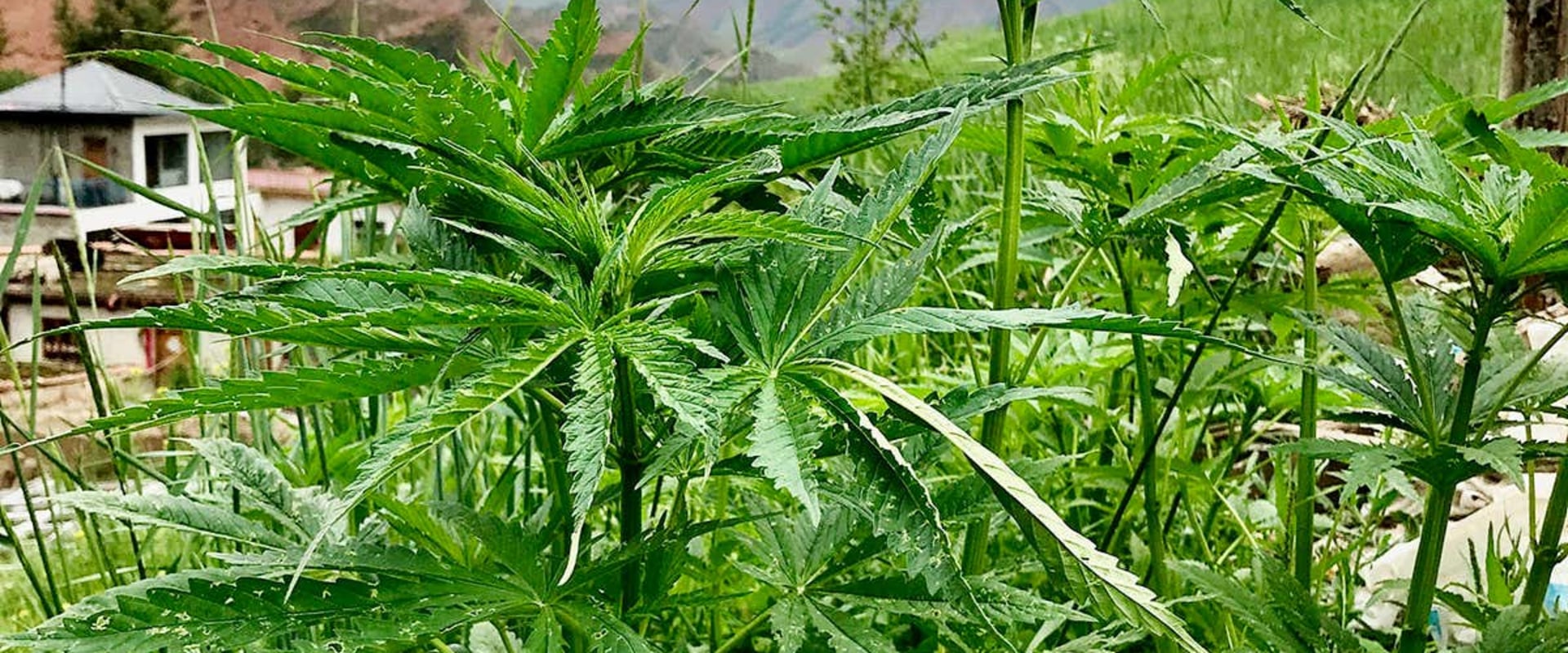The cannabis plant, commonly known as hemp, is believed to have evolved in northern China at the dawn of civilization. Archaeological records show that it was used for its fiber twelve thousand years ago. Hemp, or industrial hemp, is a botanical class of Cannabis sativa cultivars that are cultivated specifically for industrial or medicinal use. It is one of the fastest growing plants on Earth and was one of the first plants to be spun into usable fiber 50,000 years ago.
Hemp can be refined into a variety of commercial items, such as paper, ropes, textiles, clothing, biodegradable plastics, paint, insulation, biofuel, food and animal feed. Hemp was used extensively throughout history and its production reached its peak shortly after its introduction to the New World. In some countries, laws against marijuana are some of the strictest in the world and allow five years in prison for possession of the drug. However, these laws exempt hemp producers whose crop is used to make robes for Buddhist monks and loincloths for sumo wrestlers.
Unfortunately, the use of hemp peaked in the 18th century due to the industrial revolution and the development of the cotton gin. A study showed that cannabis plants from Central Asia belonged to the type of hemp which are tall, unbranched plants with cellulose-rich stems suitable for producing fibers for cords and textiles. The different types of cannabis would have started to differentiate from the basal type soon after their domestication and the study showed that the type of hemp became popular about 4,000 years ago when people started selecting plants for fiber production. Hemp is used to make a variety of commercial and industrial products including glasses or sunglasses.
The book also defines the attributes of hemp plants and describes the fiber as strong and soft, capable of being spun into fabric and that the seeds of the plant can be used as food. In 1937, the Marijuana Tax Act was passed in the United States which imposed a tax on anyone who marketed cannabis, hemp or marijuana. Some governments regulate the concentration of THC and only allow the commercial production of hemp grown with a particularly low THC content. Companies in Canada, the United Kingdom, the United States and Germany process hemp seeds into a growing range of food and cosmetic products; many traditional producing countries continue to produce textile-grade fiber.
Hemp is most commonly used as concrete in building construction because of its lightness (approximately seven times lighter than common concrete). The porous materiality of hemp insulation allows the penetration of air and moisture with an apparent density of up to 20% without losing any thermal properties. In addition to CO2 absorbed during its growth period, hemp is repeated during the creation of concrete.
